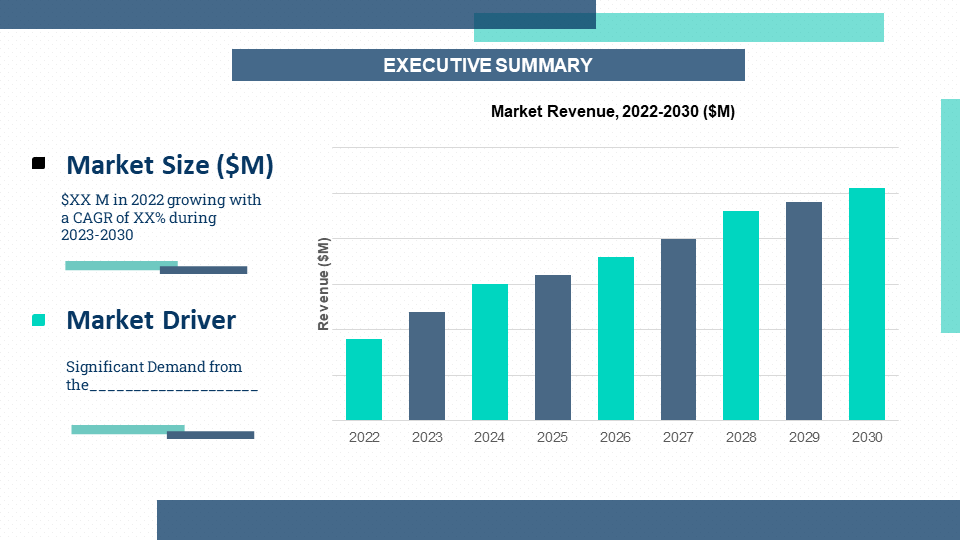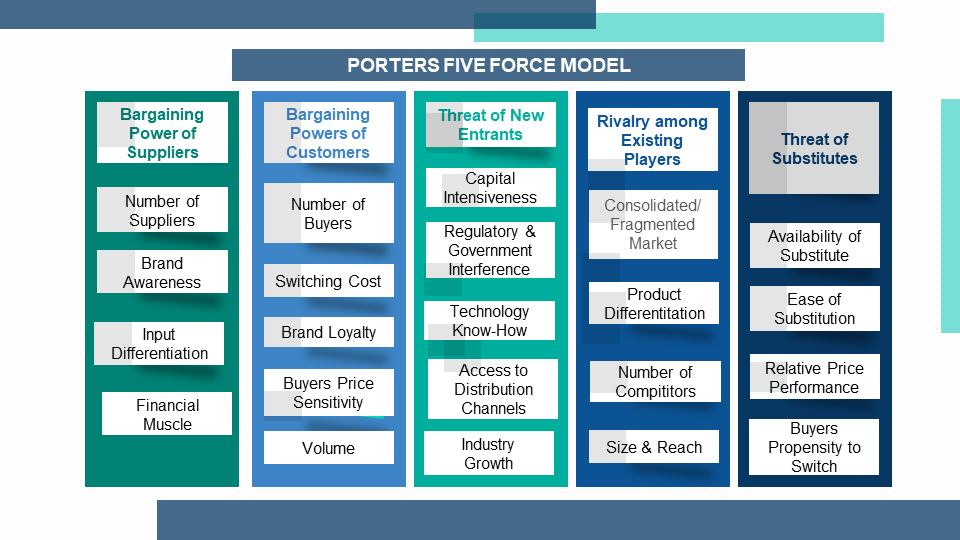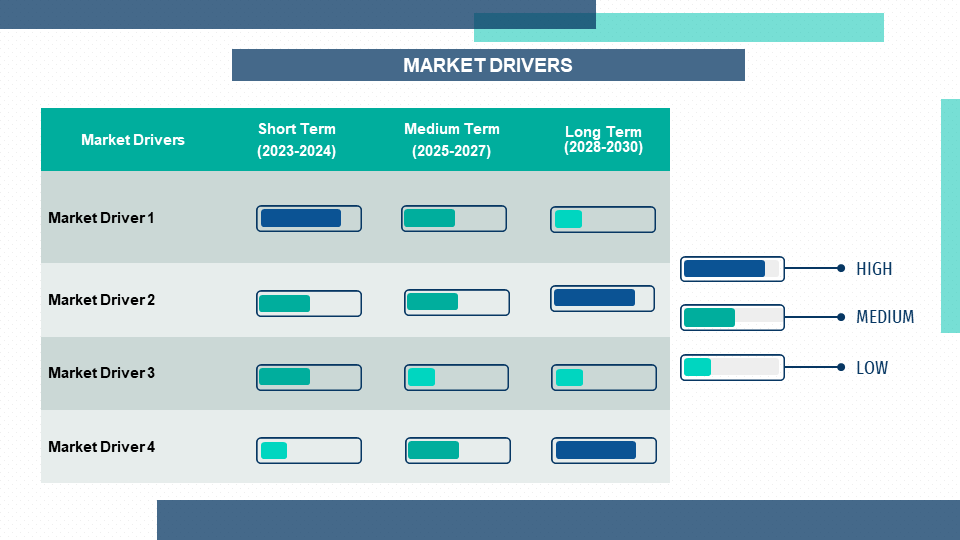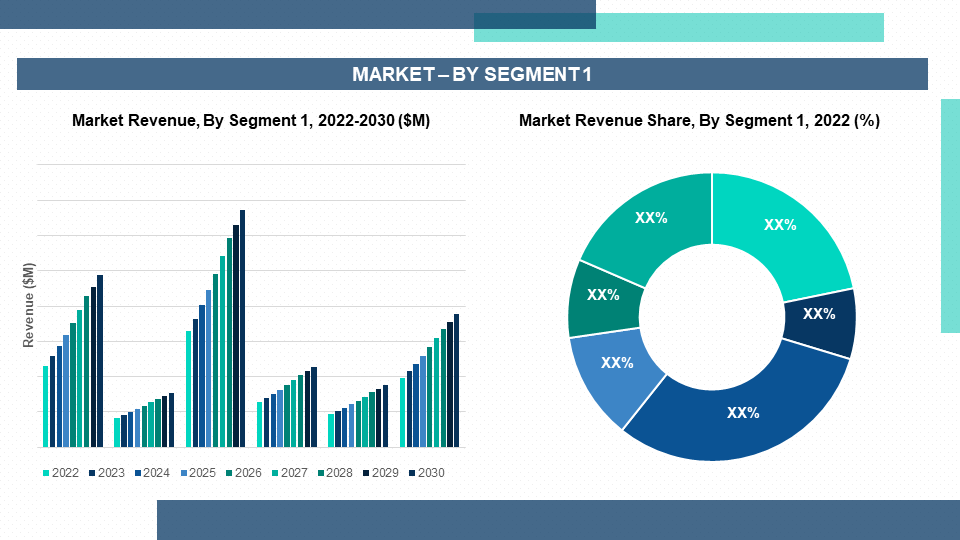





Chapter 1. Trackers Market– Scope & Methodology
1.1 Market Segmentation
1.2 Assumptions
1.3 Research Methodology
1.4 Primary Sources
1.5 Secondary Sources
Chapter 2. Trackers Market– Executive Summary
2.1 Market Size & Forecast – (2023 – 2030) ($M/$Bn)
2.2 Key Trends & Insights
2.3 COVID-19 Impact Analysis
2.3.1 Impact during 2023 – 2030
2.3.2 Impact on Supply – Demand
Chapter 3. Trackers Market– Competition Scenario
3.1 Market Share Analysis
3.2 Product Benchmarking
3.3 Competitive Strategy & Development Scenario
3.4 Competitive Pricing Analysis
3.5 Supplier - Distributor Analysis
Chapter 4. Trackers Market- Entry Scenario
4.1 Case Studies – Start-up/Thriving Companies
4.2 Regulatory Scenario - By Region
4.3 Customer Analysis
4.4 Porter's Five Force Model
4.4.1 Bargaining Power of Suppliers
4.4.2 Bargaining Powers of Customers
4.4.3 Threat of New Entrants
4.4.4 .Rivalry among Existing Players
4.4.5 Threat of Substitutes
Chapter 5. Trackers Market- Landscape
5.1 Value Chain Analysis – Key Stakeholders Impact Analysis
5.2 Market Drivers
5.3 Market Restraints/Challenges
5.4 Market Opportunities
Chapter 6. Trackers Market- By Product Type
6.1 Fitness Band
6.2 Smart Watches
6.3 Others
Chapter 7. Trackers Market- By Sales Channel
7.1 Offline
7.2 Online
Chapter 8. Trackers Market- By Wearing Type
8.1 Hand Wear
8.2 Leg Wear
8.3 Head wear
8.4 Others
Chapter 9. Trackers Market- By Application
9.1 Heart Rate Monitoring
9.2 Sleep Measurement
9.3 Glucose Measurement
9.4 Women's Health
9.5 Others
Chapter 10. Trackers Market– By Region
10.1 North America
10.2 Europe
10.3 Asia-Pacific
10.4 Latin America
10.5 The Middle East
10.6 Africa
Chapter 11. Trackers Market– Company Profiles – (Overview, Product Portfolio, Financials, Developments)
11.1 Company 1
11.2 Company 2
11.3 Company 3
11.4 Company 4
11.5 Company 5
11.6 Company 6
11.7 Company 7
11.8 Company 8
11.9 Company 9
11.10 Company 10
Download Sample
Choose License Type
2500
4250
5250
6900



